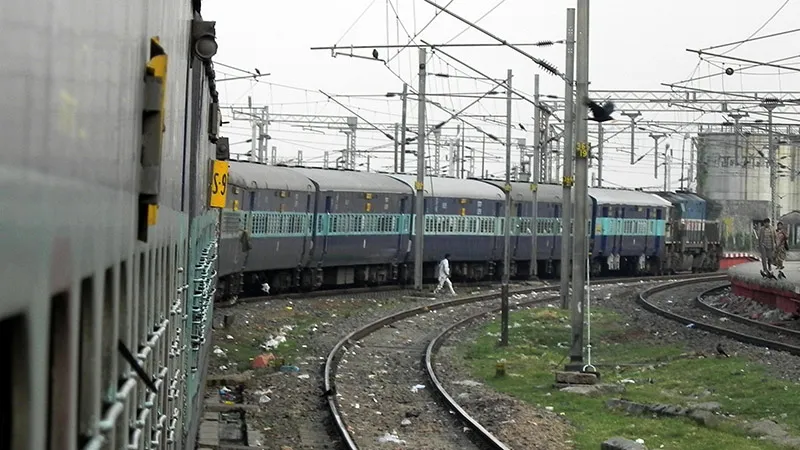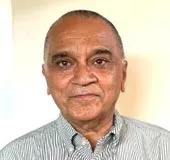-
CENTRES
Progammes & Centres
Location

"Indian Railways: Lifeline of the Nation” — runs the bold title of a 2015 government white paper. But the reality is that post-1991 the Indian Railways (IR) has retained its high ritual status, but ceded ground to competition from road transport.
It has only itself to blame. The railways steadfastly stonewalled all attempts to reform its operations. Over the past 15 years, railway operations have been studied by no less than six high-level committees, under Rakesh Mohan (2001), Sam Pitroda (2012), Montek Singh Ahluwalia (2014), Rakesh Mohan (National Transport Development Committee, 2014), D. K. Mittal (2014) and Bibek Debroy (2015). There was no committee chair from the railways.
There are seven executive members of the Railway Board, its highest body, that functions directly under the Railway Minister. There are 9124 senior Group A railway officers who are specialists in finance, commercial services, maintenance, operations, construction and production of rolling stock. It’s odd, therefore, that the government has never trusted these professionals to come up with a vision of what “the lifeline of the nation” should look like. In fact, this illustrates that reform was never an internally driven priority.
Admittedly, with a large workforce of 1.3 million, unionisation in the railways is strong. George Fernandes, former Railway Minister (1989-1990) and Janata Party luminary, sowed his wild oats as a firebrand, railway union leader. But this is exactly why the Narasimha Rao brand of “reform by stealth” cannot work for the Indian Railways. The bottomline is that in such huge industrial enterprises there is no alternative to a broad consensus around reform and approaching it head-on.
The railways languished in the post-reform era as it was unable to build private partnerships and leverage its assets. The government too seemed to have given up on it and turned its attention to building highways instead. So as rail passenger transportation doubled, road passenger transportation has trebled since 1990-91. The railways’ share of freight decreased from 53 per cent in 1986-87 to less than 30 percent today.
The Indian Railways lost ground as it got mired in its own corrosive image of a government entity focused on social objectives — providing cheap, even free, travel. Thus, it lost sight of its mission to become the “economic lifeline” of the nation. Communist China moves less passengers kilometre per kilometre of its rail network than India. But it moves four times more freight kilometer per kilometre of its network than India. The India Railways’ priorities are time-warped around passenger traffic.
The seamless movement of freight over long distances can cut the cost of production and make industry competitive. Long-distance freight is best moved by rail. But the Indian Railways lost the freight business due to a monopolistic tariff policy for bulk freight, such as for coal, iron ore, cement and food grains. It is similar for the power sector. Bulk consumers like industry are still charged at penal rates to cross-subsidise rural and retail consumers.
Railway Minister Suresh Prabhu, like several of his predecessors, is articulate, public-spirited and full of ambitious programmes spelt out in his Railway Budget speech this year. On offer is more public investment to remove the choke points which congest and slow down traffic; a more extensive search for alternative revenues from station redevelopment and the monetisation of assets; better passenger facilities and continued implementation of the dedicated freight corridors.
But clarity on the Indian Railways’ core mission is missing, that has to be, first and foremost, the movement of freight and increasing the railways’ marketshare in the city and suburban passenger traffic.
Three reform measures are preconditions for success:
In 1990-91, India had few choices except to reform by stealth. We have moved on since then. The reform constituency has grown. The real concern now is how to insulate losers from the pain of change and development. Loss of employment or of land must be fairly and adequately compensated. Using scarce fiscal resources for this purpose can increase demand a lot better than across-the-board public sector pay increases.
This commentary originally appeared in The Asian Age.
The views expressed above belong to the author(s). ORF research and analyses now available on Telegram! Click here to access our curated content — blogs, longforms and interviews.

Sanjeev S. Ahluwalia has core skills in institutional analysis, energy and economic regulation and public financial management backed by eight years of project management experience ...
Read More +